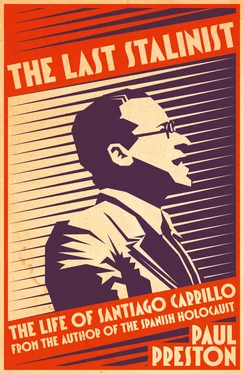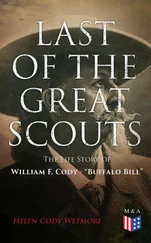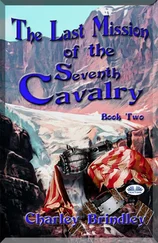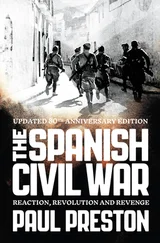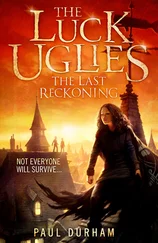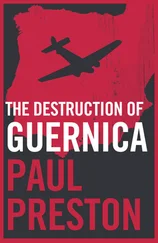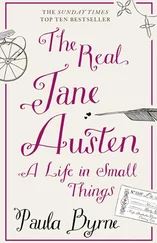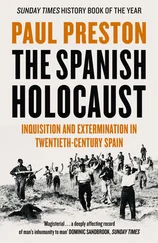The leadership of the anarchist movement expected little or nothing from the Republic, seeing it as merely another bourgeois state system, little better than the monarchy. At best, their trade union wing wanted to pursue its bitter rivalry with the Union General de Trabajadores, which they saw as a scab union because of its collaboration with the Primo de Rivera regime. They thirsted for revenge for the dictatorship’s suppression of the Confederación Nacional del Trabajo throughout the 1920s. The hard-line activist wing of the anarchist movement, the Federación Anarquista Ibérica, aspired to greater liberty with which to propagate its revolutionary objectives. The situation could not have been more explosive. Mass unemployment was swollen by the unskilled construction workers left without work by the collapse of the ambitious public works projects of the dictatorship. The brief honeymoon period came to an end when CNT–FAI demonstrations on 1 May were repressed violently by the forces of order. It was the trigger for an anarchist declaration of war against the Republic and the beginning of a wave of strikes and minor insurrections over the next two years. 36
Needless to say, anarchist activities against the Republic were eagerly portrayed by the right-wing media, and from church pulpits, as proof that the new regime was itself a fount of godless anarchy. 37Despite these appalling difficulties, the Federación de Juventudes Socialistas shared the optimism of the Republican–Socialist coalition. When the Republic was proclaimed on 14 April, FJS militants had guarded buildings in Madrid associated with the right, including the royal palace. On 10 May, when churches were burned in response to monarchist agitation, the FJS also tried to protect them. 38However, as the obstacles to progress mounted, frustration soon set in within the Socialist movement as a whole.
The first priority of the Socialist Ministers of Labour, Francisco Largo Caballero, and of Justice, Fernando de los Ríos, was to ameliorate the appalling situation in rural Spain. Rural unemployment had soared thanks to a drought during the winter of 1930–1 and thousands of emigrants were forced to return to Spain as the world depression affected the richer economies. De los Ríos established legal obstacles to prevent big landlords raising rents and evicting smallholders. Largo Caballero introduced four dramatic measures to protect landless labourers. The first of these was the so-called ‘decree of municipal boundaries’ which made it illegal for outside labour to be hired while there were local unemployed workers in a given municipality. It neutralized the landowners’ most potent weapon, the import of cheap blackleg labour to break strikes and depress wages. He also introduced arbitration committees ( jurados mixtos ) with union representation to adjudicate rural wages and working conditions which had previously been decided at the whim of the owners. Resented even more bitterly by the landlords was the introduction of the eight-hour day. Hitherto, the braceros had worked from sun-up to sun-down. Now, in theory at least, the owners would either have to pay overtime or else employ more men to do the same work. A decree of obligatory cultivation prevented the owners sabotaging these measures by taking their land out of operation to impose a lock-out. Although these measures were difficult to implement and were often sidestepped, together with the preparations being set in train for a sweeping law of agrarian reform, they infuriated the landowners, who claimed that the Republic was destroying agriculture.
While the powerful press and radio networks of the right presented the Republic as the fount of mob violence, political instruments were being developed to block the progressive project of the newly elected coalition. First into action were the so-called ‘catastrophists’ whose objective was to provoke the outright destruction of the new regime by violence. The three principal catastrophist organizations were the monarchist supporters of Alfonso XIII who would be the General Staff and the paymasters of the extreme right; the ultra-reactionary Traditionalist Communion or Carlists (so called in honour of a nineteenth-century pretender to the throne); and lastly a number of minuscule openly fascist groups, which eventually united between 1933 and 1934 under the leadership of the dictator’s son, José Antonio Primo de Rivera, as Falange Española. Within hours of the Republic being declared, the ‘Alfonsine’ monarchists had met to create a journal to propagate the legitimacy of a rising against the Republic particularly within the army and to establish a political party merely as a front for meetings, fund-raising and conspiracy against the Republic. The journal Acción Española would peddle the idea that the Republican–Socialist coalition was the puppet of a sinister alliance of Jews, Freemasons and leftists. In the course of one month, its founders had collected substantial funds for a military coup. Their first effort would take place on 10 August 1932 and its failure would lead to a determination to ensure that the next attempt would be better financed and entirely successful. 39
In contrast, the other principal right-wing response to the Republic was to be legal obstruction of its objectives. Believing that forms of government, republican or monarchical, were ‘accidental’ as opposed to fundamental and that only the social content of a regime mattered, they were prepared to work within the Republic. The mastermind of these ‘accidentalists’ was Ángel Herrera, head of the Asociación Católica Nacional de Propagandistas (ACNP), an elite Jesuit-influenced organization of about 500 prominent and talented Catholic rightists with influence in the press, the judiciary and the professions. They controlled the most modern press network in Spain whose flagship daily was El Debate . A clever and dynamic member of the ACNP, the lawyer José María Gil Robles, began the process of creating of a mass right-wing party. Initially called Acción Popular, its few elected deputies used every possible device to block reform in the parliament or Cortes. A huge propaganda campaign succeeded in persuading the conservative Catholic smallholding farmers of northern and central Spain that the Republic was a rabble-rousing instrument of Soviet communism determined to steal their lands and submit their wives and daughters to an orgy of obligatory free love. With their votes thereby assured, by 1933 the legalist right would be able to wrest political power back from the left. 40
The efforts of Gil Robles in the Cortes to block reform and provoke the Socialists was witnessed, on behalf of El Socialista , by Santiago Carrillo, who had been promoted from the town-hall beat to the arduous task of the verbatim recording of parliamentary debates. This could be done only by dint of frantic scribbling. The job did, however, bring him into contact with the passionate feminist Margarita Nelken, who wrote the parliamentary commentary for El Socialista . Herself a keen follower of Largo Caballero at this time, she would encourage Santiago in his process of radicalization and indeed in his path towards Soviet communism. 41
In the first months of the Republic, Santiago won his spurs as an orator, speaking at several meetings of the FJS around the province of Madrid. This culminated at a meeting in the temple of the PSOE, the Casa del Pueblo. Opening a bill that included the party president, Julián Besteiro, he was at first tongue-tied. However, he recovered his nerve and made a speech whose confident delivery contrasted with his baby-faced appearance. In it, he betrayed signs of the radicalism that would soon distinguish members of the FJS from their older comrades. He declared that the Socialists should not be held back by their Republican allies and that, in a recent assembly, the FJS had resolved that Spain should dispense with its army. His rise within the FJS was meteoric. He would become deeply frustrated as he closely followed the fate of Largo Caballero’s decrees and even liaised with strikers in villages where the legislation was being flouted. At the FJS’s Fourth Congress, held in February 1932 when he had just turned seventeen, he was elected minutes secretary of its largely Besteirista executive committee. This was rather puzzling since his adherence to the view of Largo Caballero about the importance of Socialist participation in government set him in opposition to the president of the FJS, José Castro, and its secretary general, Mariano Rojo.
Читать дальше
